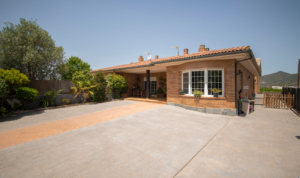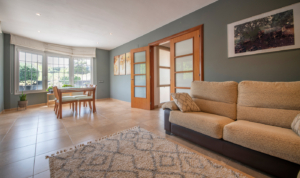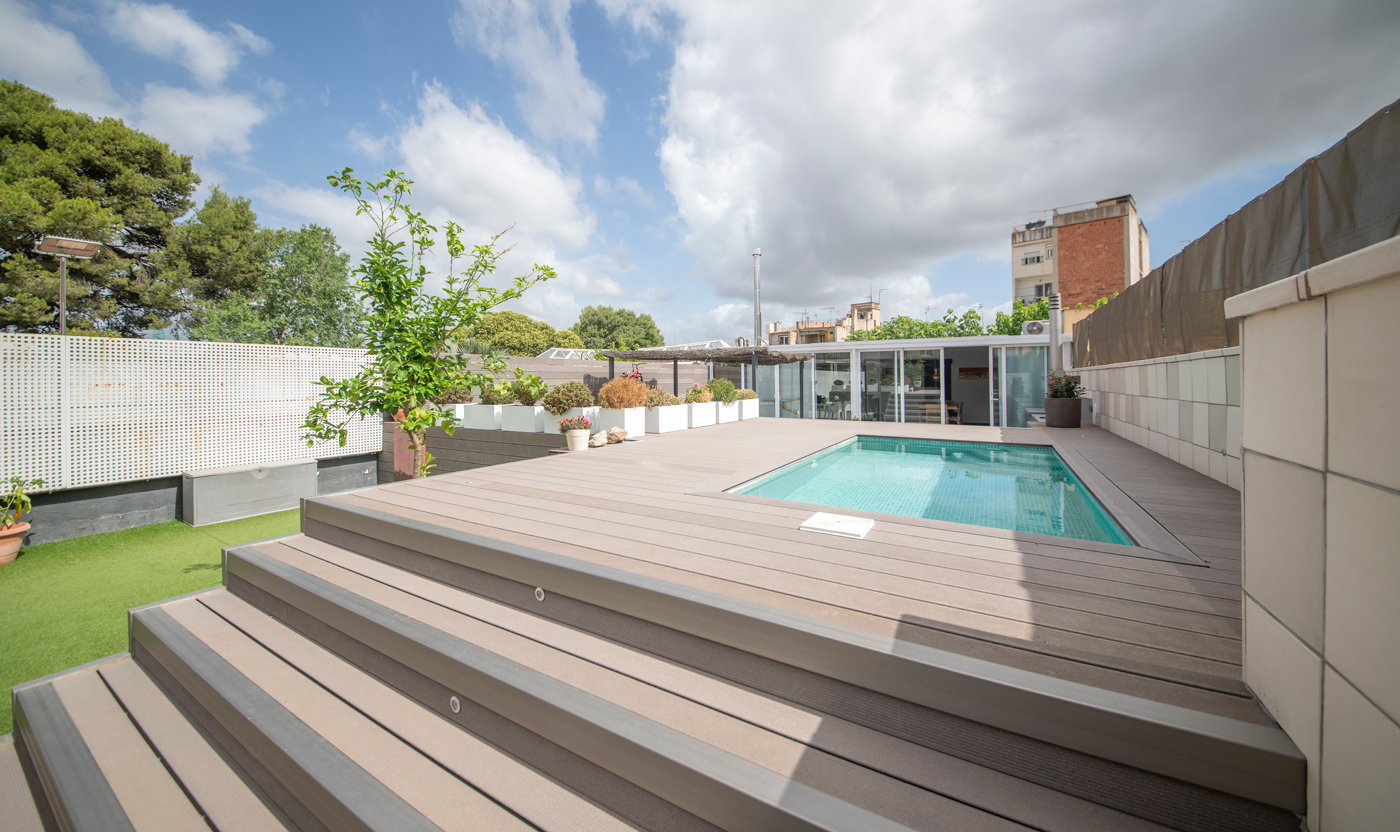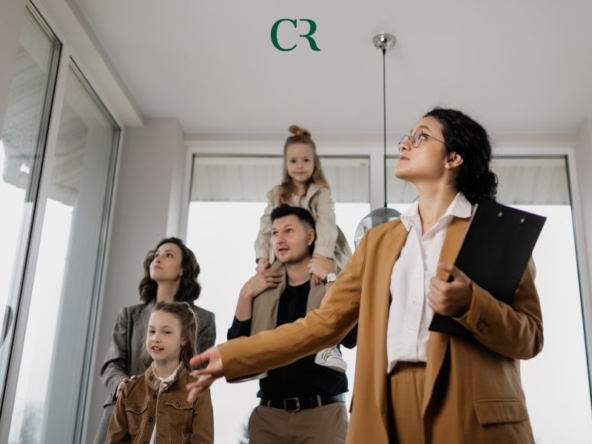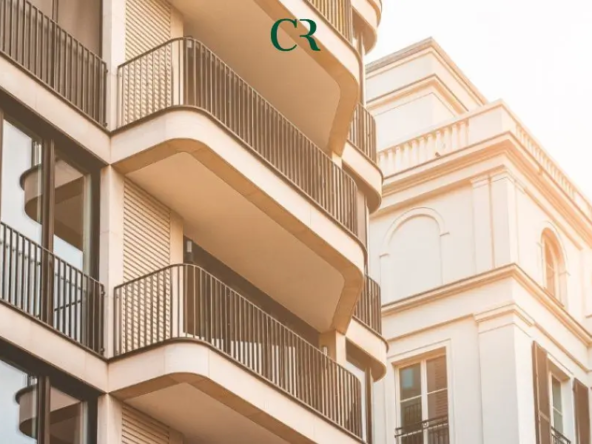Despite finding ourselves in a situation of uncertainty due to the rise in interest rates, inflation and the growth in prices above 8% on average that is taking place in Spain, operations in the real estate market maintain a good pace . According to the latest data from the General Council of Notaries, last April there were more than 90,000 transactions, with a year-on-year variation of 12%.
Last year, according to the INE, a total of 566,049 homes were sold, with a growth of almost 12% compared to the figures registered in 2019 and almost 35% more compared to 2020.
Some data that reflect the latent interest of the Spanish for housing. A growing demand that collides with the ignorance of many buyers about the real estate market and the very terminology used in the sector.
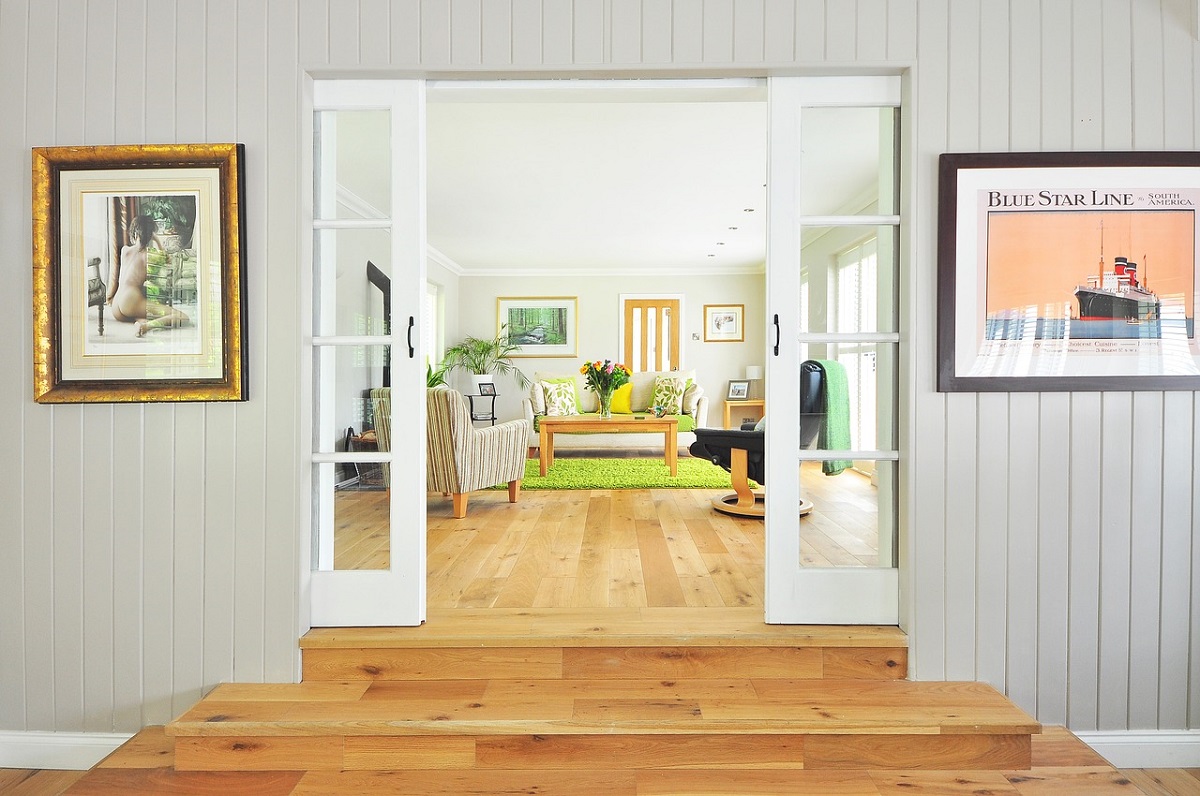
1. Home staging
The good appearance of real estate is a key factor in the decision of future buyers or tenants. In this sense, home staging is the technique by which a home becomes more attractive in the eyes of potential clients, thanks to the publication of good photographs on real estate portals, redecoration, a better arrangement of furniture, or even through a virtual reality recreation of what a new-build home could be like or after a renovation. The objective is to attract more potential clients and also achieve a revaluation of the house.
2. ITE
They are the acronym for the Technical Inspection of a Building, a mandatory control system to ensure the rehabilitation and conservation of buildings, as well as to control the level of security of the property and its inhabitants. It must be carried out under the supervision of a specialized technician, such as architects, engineers or surveyors, in which the condition of the common elements (facades, roofs, general plumbing and sanitation networks) and correct accessibility will be reviewed. In the case of buildings over 50 years old, they must successfully pass the ITE at least every 10 years.
3. Bare property
A legal term that refers to the fact that the owner owns the property, but not the use and enjoyment of it, as is the case with rental operations. If a house is for sale under this term, it means that the owner could reside in it until his death, but the property resides in the future buyer.
4. Ugly Duckling
Within the real estate market, those homes whose sale on the market can be very difficult because their characteristics do not make them attractive to the general public are known as ugly ducklings. For example, houses with low ceilings, poor layouts where long hallways take up every square foot, or located far from transportation networks, which are often more difficult to get off the market.
5. Proptech
Composed of the words ‘property’ and ‘technology’, it is a term that refers to all companies that use technology and digital tools applied to the real estate sector. But it is not only used to name the companies involved in this process, but also to define the digital changes that the real estate market experiences every day. Home automation, the use of virtual reality technologies to show homes or Big Data tools for data management are just some of the many concepts that Proptech encompasses.

6. Realtor
A word that is often used as a synonym for real estate agent or property seller, although technically they do not have to be the same. Specifically, a Realtor is a real estate agent member of the NAR (National Association of Realtors) who is governed by a strict code of ethics in the performance of their duties. In addition, you must have proven experience in the sector, as well as training on the real estate market and the legislation by which it is governed.
7. Whisper Selling
With the increase in housing demand, this trend has resurfaced in which real estate agencies close a second-hand home sale with the buyer before the offer is published in shop windows, websites or portals. An upward trend since, according to Compracasa data, this system represented 20% of all purchase and sale operations in 2021, 10% more than the previous year.
In a whisper sale, the buyer hires their real estate agent as their representative to the market. He details very well the characteristics and needs of the home he is looking for with the aim of being contacted as soon as a property with these conditions is available. In this way, knowing in advance the requirements that the buyer wants, it is much easier to offer him a home that adapts to his preferences, helping to reduce the rate of dissatisfied customers by between 13 and 15%.
8. Certificate of occupancy
It is an administrative document that certifies that a home has the minimum technical, hygienic and sanitary requirements to be inhabited. It is essential to have this certificate to carry out any sale or rental process, as well as to register services such as water, electricity or gas.
The requirements and validity of the certificates of occupancy vary depending on the autonomous community, although in general they are usually valid for 15 years and must be signed and supervised by an architect or quantity surveyor. For its validation, the salubrity and the useful surface of the dwelling, the distribution of space and the height of the rooms are mainly taken into account.
9. Energy efficiency certificate or label
It is another of the essential documents if you want to rent or sell a home, since it reflects your energy consumption taking into account aspects such as ventilation, lighting, heating and cooling systems or hot water. All the data analyzed is collected on a rating scale that goes from level A (the most efficient) to level G (the least efficient).
To obtain the energy efficiency label, the owner must contact an authorized company, engineer, architect or technician. It is a service that is not regulated by the institutions, so each company can charge a different rate. After the election, the technician in charge must collect all the information on the energy consumption of the home (materials of the walls and windows, orientation and size of the home, efficiency of the air conditioning, electrical installations and heating…) for the issuance of the label. . After that, the last step is to register the document with the competent body of the autonomous community or region to certify its validity.
10. Deed and property title
Although in the real estate sector these two terms tend to be used interchangeably, the truth is that they are two related, but different aspects. The property title is just a concept that represents the legal ownership of the home, as well as the rights that are transmitted from the seller to the buyer. On the other hand, the title deed is the physical and legal document that transmits the title of owner to the buyer.
Finally, we leave you with a selection of properties that you will find available on our website.
Completely renovated, furnished, with a unique and impeccable style and quality finishes with wallpaper on the walls. It is distributed in hall, 3 bedrooms, bathroom, toilet and laundry room with interior patio. Very spacious living room with modern fully equipped kitchen. Exit to a large 375m2 terrace, all lit up and with background music, with an artificial grass area, a saltwater pool and two very large porch areas and a separate barbecue area.
- 3 bedrooms
- 3 bathrooms
- 75 m2
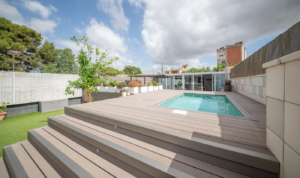
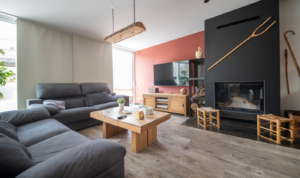
2.Elegant brick house in Artés
Elegant construction of 250m2 in exposed brick located on a fully landscaped and conditioned plot of 450m2. It is located in the town of Artés, in the Bages region, 18 minutes from Manresa and less than an hour from the center of Barcelona.
- 4 bedrooms
- 2 bathrooms
- 250 m2
